If you've been eyeing a new iMac for a long time, you currently have two options for how to behave. The first option is that you wait for iMacs with Apple Silicon's own ARM processors, or you simply don't wait and immediately buy a recently updated 27″ iMac with a classic processor from Intel. However, Apple still has a long way to go when it comes to integrating Apple Silicon processors, and things can go wrong. Let's take a look together in this article on why you should buy the updated 27″ iMac now, and why you shouldn't wait for ARM processors to arrive.
It could be interest you
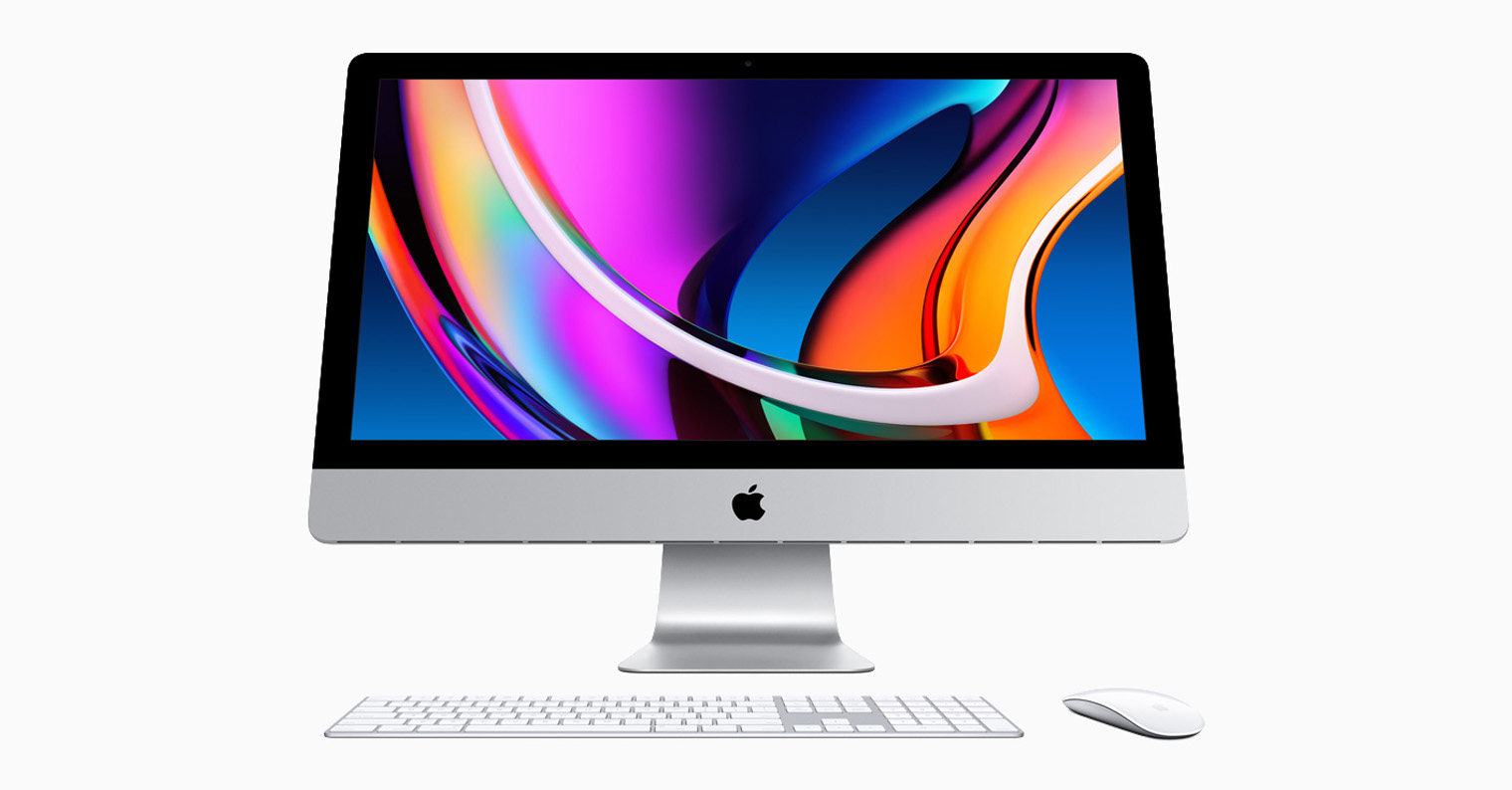
They are powerful as hell
Even though Intel has been widely criticized lately, due to the weak performance and high TDP of its processors, it is still necessary to point out that its latest processors are still powerful enough. The 8th generation Intel processors found in previous iMacs have been replaced by 10th generation Intel processors as part of the update. You can easily configure a 10-core Intel Core i9 with a clock frequency of 3.6 GHz and a Turbo Boost frequency of 5.0 GHz. However, custom ARM processors are expected to be even slightly more powerful. What is not certain is the graphics performance of Apple Silicon processors. There has been information that the GPU of the upcoming Apple Silicon processors will not be as powerful as the currently most powerful graphics cards. You can buy the new 27″ iMac with Radeon Pro 5300, 5500 XT or 5700XT graphics cards, with up to 16 GB of memory.
Fusion Drive sucks
Apple has been criticized for a long time for the fact that in today's modern age, iMacs still offer the outdated Fusion Drive, which serves as a hybrid SSD and HDD in one. Nowadays, practically all newer devices use SSD disks, which are smaller and more expensive, but on the other hand, they are several times faster. The Fusion Drive was introduced back in 2012, when SSDs were much more expensive than they are now, and it was an interesting alternative to the classic HDD. As part of the latest update of the 27″ and 21.5″ iMac, we finally saw the removal of Fusion Drive disks from the menu, and it is clear that iMacs with Apple Silicon processors will not come from any other data storage technology. So, even in this case, there is no reason to wait for something "newer and more powerful".

Display with nano-texture
A few months ago, we saw the introduction of a new professional display from Apple, which was named Pro Display XDR. This new display from Apple captivated all of us with its price, together with the technologies it brings - in particular, we can mention a special nano-texture treatment. It might seem that this modification will be exclusive to the Pro Display XDR, but the opposite is true. For an additional fee, you can have a nano-textured display installed in the new 27″ iMac. Thanks to this, the enjoyment of such a great display will be much better - the viewing angles will improve and, above all, the visibility of reflections will be reduced. Other technologies that the 27″ iMac has include True Tone, which takes care of adjusting the display of white color in real time, in addition, we can mention, for example, the support of the P3 color gamut.
It could be interest you

New webcam
According to the last paragraphs, it may seem that Apple has "recovered" with the updated 27″ iMac and has finally started to come up with novelties that are both visible and appreciated by practically all users. First we mentioned the new and very powerful 10th generation Intel processors, then the end of the outdated Fusion Drive and finally the possibility of configuring a display with a nano-texture. We will not skimp on praise even in the case of the webcam, which the apple company has finally decided to update. For several years now, the Californian giant has been equipping its computers with an outdated FaceTime HD camera with a resolution of 720p. We're not going to lie, with a device for several tens (if not hundreds) of thousands of crowns, you probably expect something more than just an HD webcam. So the Apple company at least decently recovered in the case of the webcam and equipped the updated 27″ iMac with a Face Time HD camera with a resolution of 1080p. It's still nothing extra, but even so, this change for the better is pleasing.
The apps will work
What both users and developers fear after switching to Apple Silicon processors is the (non)functioning of applications. It is practically one hundred percent clear that Apple Silicon's transition to ARM processors will not take place without a single hitch. It is assumed that many applications will simply not work until the developers decide to reprogram the applications to the new architecture. Let's face it, in some cases developers of various applications have trouble fixing some small bug in the application within a few months - how long will it take to program a new application after that. Although the Apple company has prepared a special Rosetta2 tool for the purpose of the transition, thanks to which it will be possible to run applications programmed for Intel on Apple Silicon processors, the question remains, however, about the performance of the application, which most likely will not be the best. Therefore, if you buy a new 27″ iMac with an Intel processor, you can be sure that all applications will work on it without any problems for the next few long years.
It could be interest you

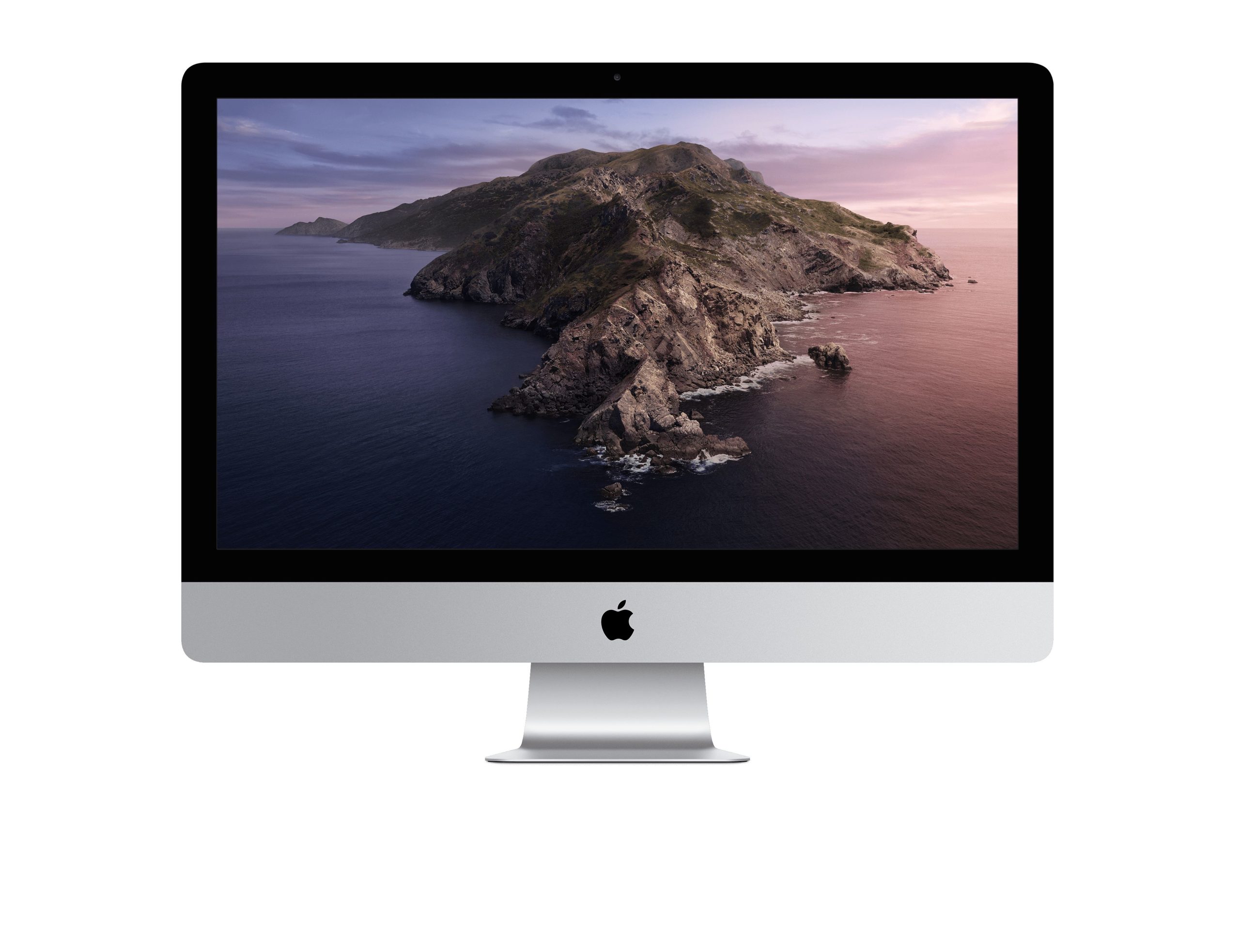
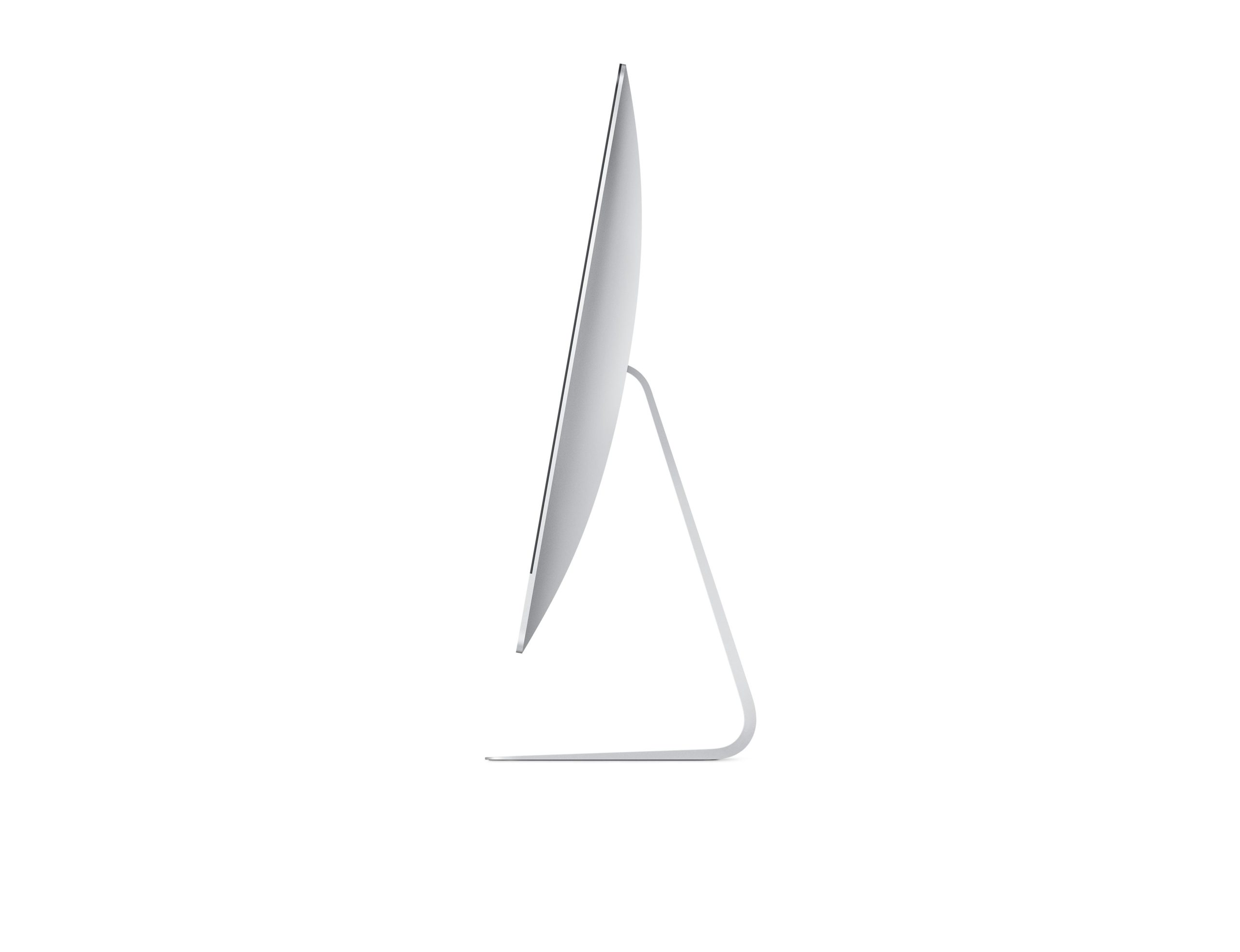
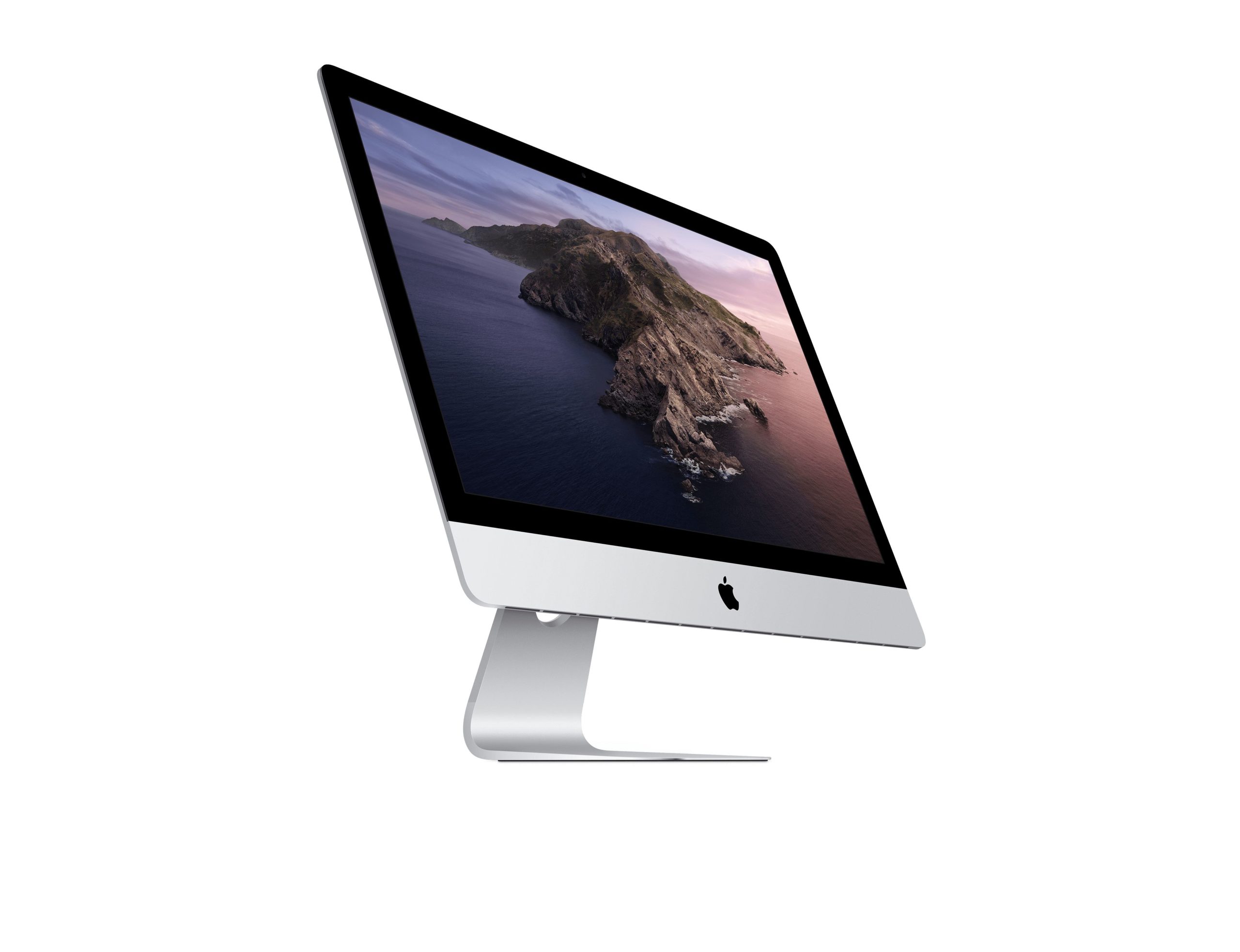
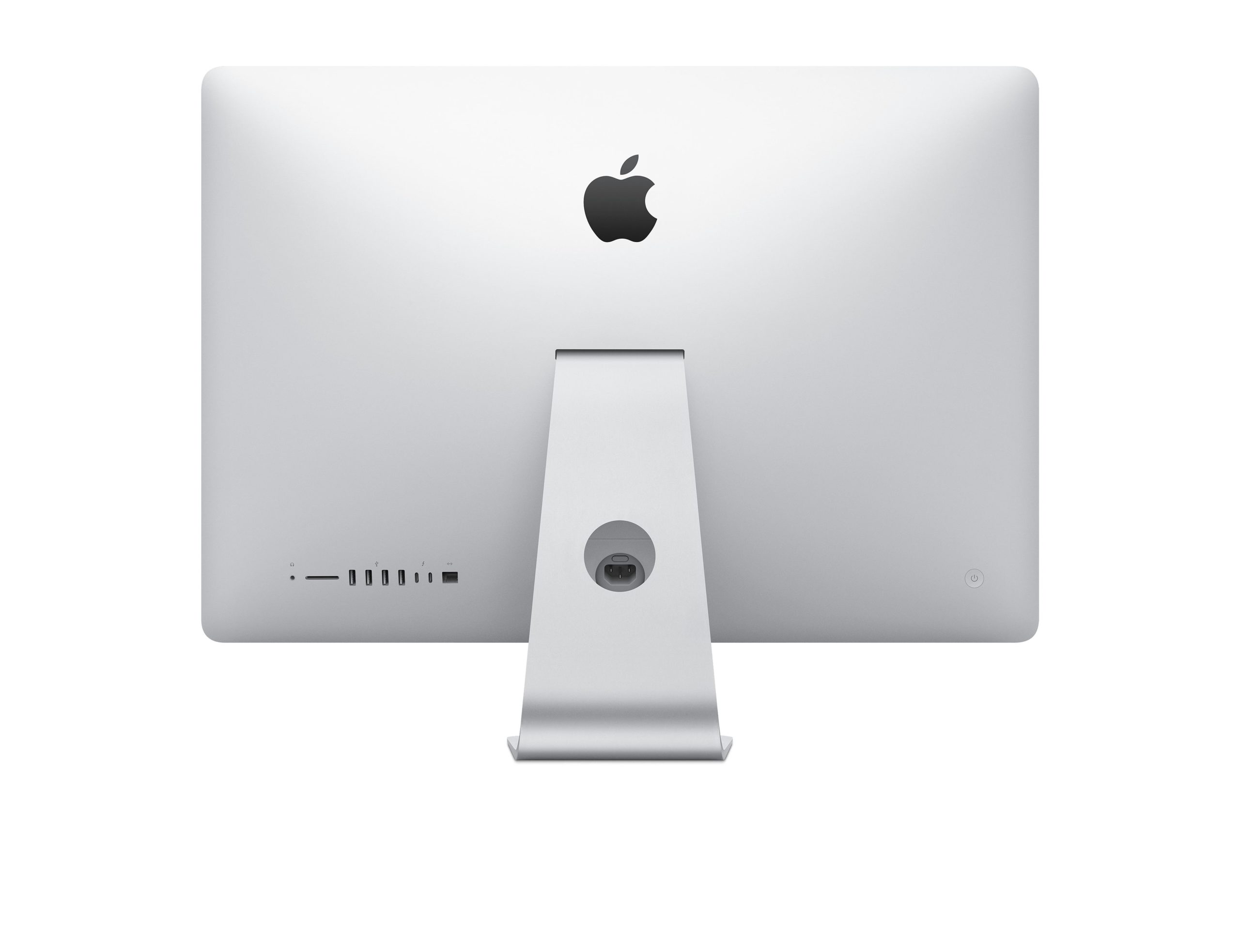


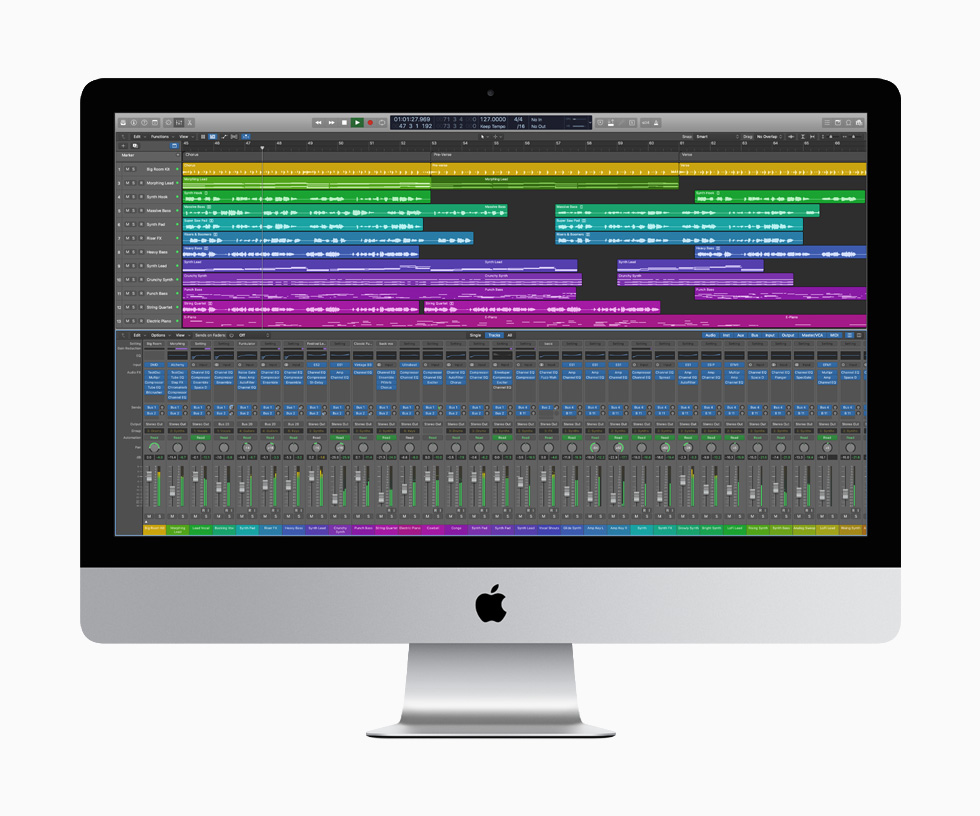
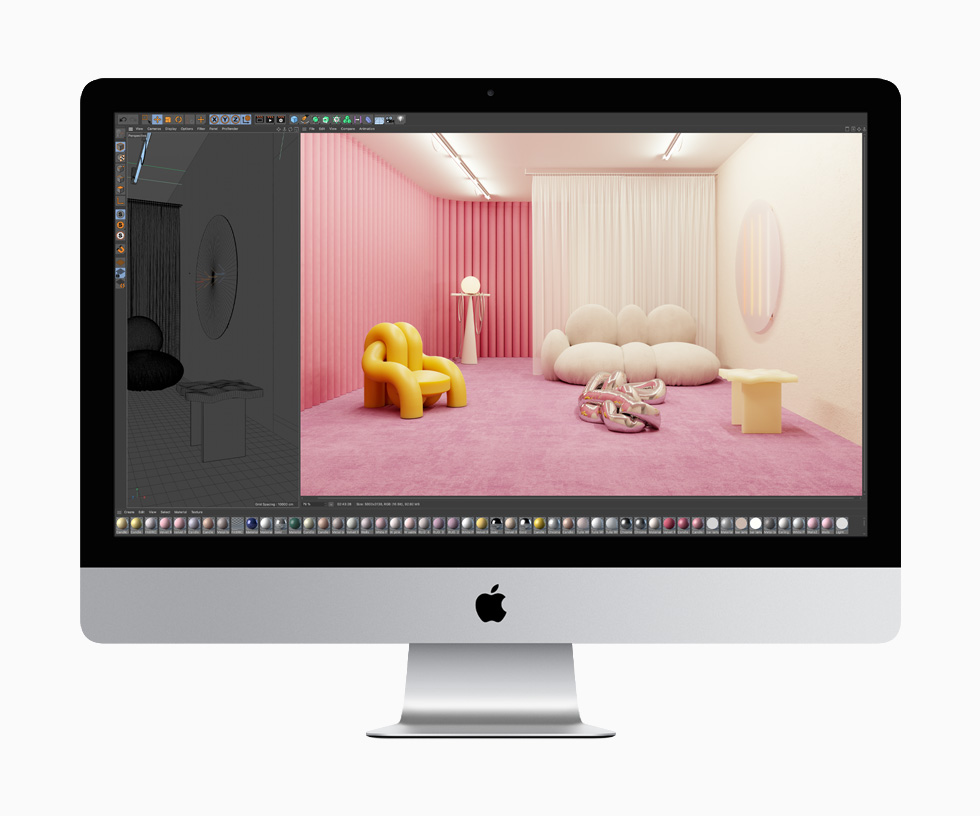



The webcam is still laughable compared to the cameras in mobile phones. At the same time, putting something better there probably won't be that much more expensive.
Otherwise, I am currently thinking about a new iMac, I have an iMac 27″ from 2015 and it would probably need to be replaced. The problem is that I don't see the hellish performance of the new processors.
In a single-threaded application, the increase in performance is a maximum of 15%, in a multi-threaded application, the new 6-core does not even double. The i9 with 10 cores would be interesting, but the extra 15 thousand for the mid-range model and even 12 for the highest model raises the legitimate question of whether the current Mac would not last me for some time after all. In addition, the question is supported by the need to supply more RAM, solve the new port replicator, because Thunderbolt 3 does not understand with the two, and the need for some external data storage to have a replacement for 2TBFD.
You will not use such a camera in practice anyway, because the standard Internet is not capable of transmitting FullHD video. At best, the quality will be around 480p…